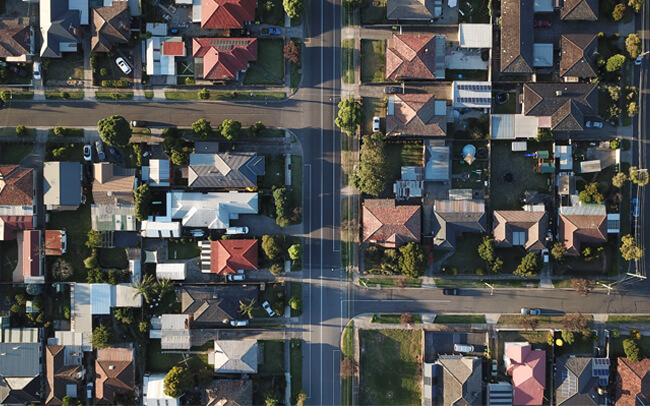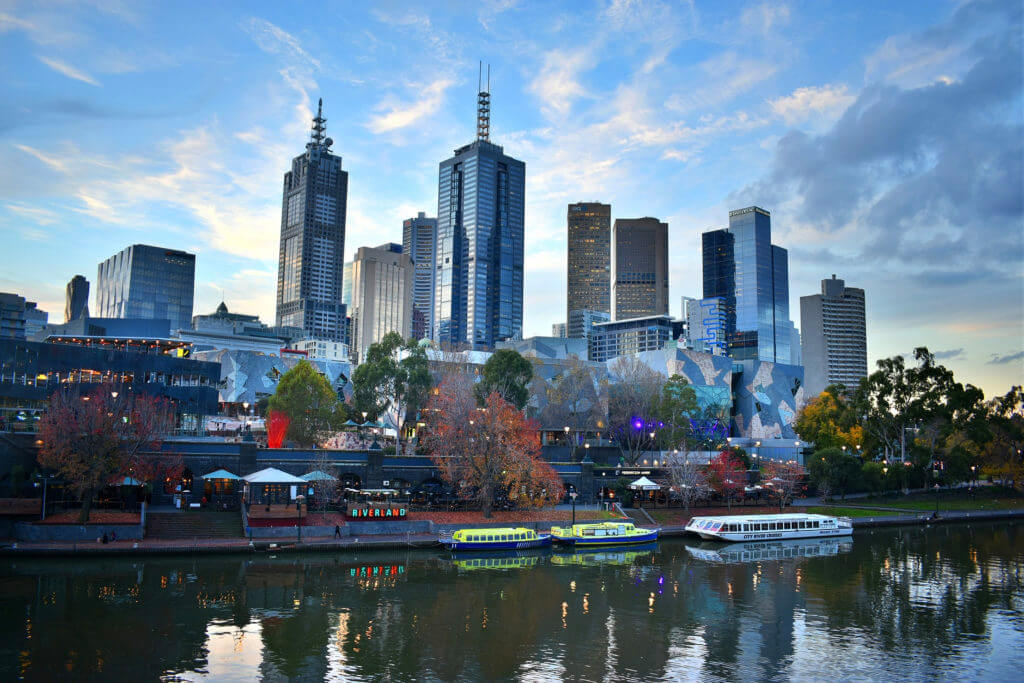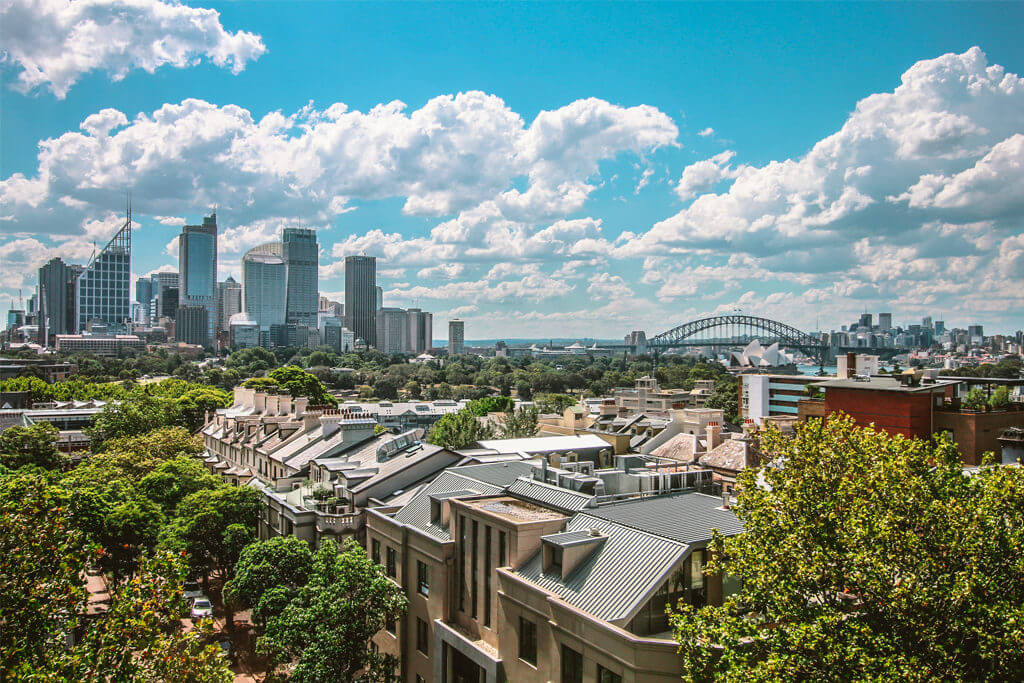Paraphrasing the well-known quote that those who fail to understand the mistakes of the past are more often than not likely to repeat them rings particularly true in the property market, which for so long has been the catalyst for bringing everyday Australians similar levels of both joy and despair.
A quick look at the history of the Australian housing market reveals long-term trends in property prices and insight into housing cycles that have been occurring since the 1880s, none of which is reported in print or broadcast media.
Commentary on Australia’s housing market has become extremely focussed on short-term trends, with monthly and weekly price movements in the nation’s capital cities reported on a daily basis. But the knowledge that house prices in Adelaide fell 0.1 per cent over the past month or that Canberra’s auction clearance rates have increased tells us little about what matters most: the long-term trend in housing prices.
Over the top predictions and fearmongering headlines make it seem like the sky is falling with a property market collapse of monumental proportions on the horizon. But the current state of the market is one which Australia has found itself in numerous times before, and has managed to bounce back from each and every time.
A recent report by 60 Minutes stating Australian home prices could crash by as much as 40 per cent in the next year is but one example of misleading, unsubstantiated facts being regularly force-fed to the Australian population.

“Many believe calling [current housing market conditions] a downturn is foolishly optimistic – the slump we are in is more like falling off a cliff,” said journalist Tom Steinfort.
“If numbers like that eventuate, there’s only one certainty: our entire economy faces catastrophe. The end of Australia’s property boom time.”
However a report by leading property data firm CoreLogic and Moody’s Analytics was quick to pour cold water over these claims, predicting a more moderate decline in property prices as opposed to the gargantuan ones outlined on 60 Minutes.
The report predicts house values will fall by 1.6 per cent in 2018 following the 9.5 per cent gain in 2017, and will undertake a slow recovery with a forecasted 0.6 per cent growth in 2019.
The problem is these predictions don’t make for interesting viewing: the media instead like to overinflate the current state of the property market, make it appear “this time is different” and imply that prices have reached a permanently high or low plateau, when in fact these exact scenarios have played out multiple times before.
A BRIEF HISTORY OF AUSTRALIAN PROPERTY PRICES
One of the most turbulent periods in the history of the Australian property market came in the late 1800’s: the spectacular land boom of the 1880’s which saw house prices increase by 32 per cent, only to collapse 31 per cent in an equally large bust over the course of the next five years. The bursting of this massive property bubble saw Australia enter its worst depression in recorded history.
There were no notable movements up until the early 1920’s when prices rose by 25 per cent, only to drop once more during the Great Depression. The introduction of cost and rent controls in 1942 during the Second World War resulted in the country’s largest ever annual increase when prices jumped by 111 per cent following their removal in 1949. Prices then fell by 26 per cent when the market inevitably stabilised.
The Great Depression was a devastating time for the FIRE (financial, insurance and real estate) sector and it took until the late 1960s for it to reassert itself, simultaneously laying the groundwork for another residential property bubble. There was a 70 per cent increase in house prices between 1961-1974, before a drop of 16 per cent to 1979 during a time of recession.
The stock market bubble and subsequent collapse in 1987 saw housing prices escalate by 39 per cent, followed by another inevitable bust resulting in the worst financial collapse since the 1890s depression.
Property prices dwindled along for several years before quickly accelerating in the largest boom on record, increasing a stunning 123 per cent between 1996-2010. Sydney and Melbourne have been by far the biggest movers between 2013-2018 with price increases of 64.4 per cent and 56.4 per cent, respectively.

It’s widely felt that the recent property boom – especially in Sydney and Melbourne – is now over. For many property experts, it’s not a case of if prices will drop, but instead by how much.
Every boom in history has been followed by a downturn at least reverting to mean price, however not every bust has done the same which explains the gradual upswing in prices from the late 1940s onwards. But a crash of a predicted 40 per cent remains highly unlikely.
With many holding the opinion that nationwide prices could fall between 5-10 per cent over the next few years, it’s unlikely a real crash of the property market will occur unless interest and unemployment rates become a lot higher.
The tumultuous Banking Royal Commission has seen every major bank except for NAB raise their variable mortgage interest rates which is likely to result in higher demand for rental housing, however Australia’s current position of economic strength, high quality of life and strong population growth are all fundamentals that put a floor under the weakness of the housing market, minimising the risk of potentially massive crashes similar to ones previously experienced.
Both the beauty and pain of the property market stem from its unpredictability. If any one person knew for certain exactly where the property market was headed, there would be no need for debate. But as it stands, time is the only true decider on price direction and there are multiple factors that drive prices which are out of human control.
But as history has shown – regardless of whether Australia suffers a 5 per cent or a 50 per cent drop in prices – there has never been an instance where over time the market has failed to recover, with prices actually increasing over the long-term each and every time.
Is the property boom experienced in Australia over the last twenty years – which has seen record highs in every major city – a permanently high plateau? If you want your answer based on history, the answer is no. Alas, only time will tell.

